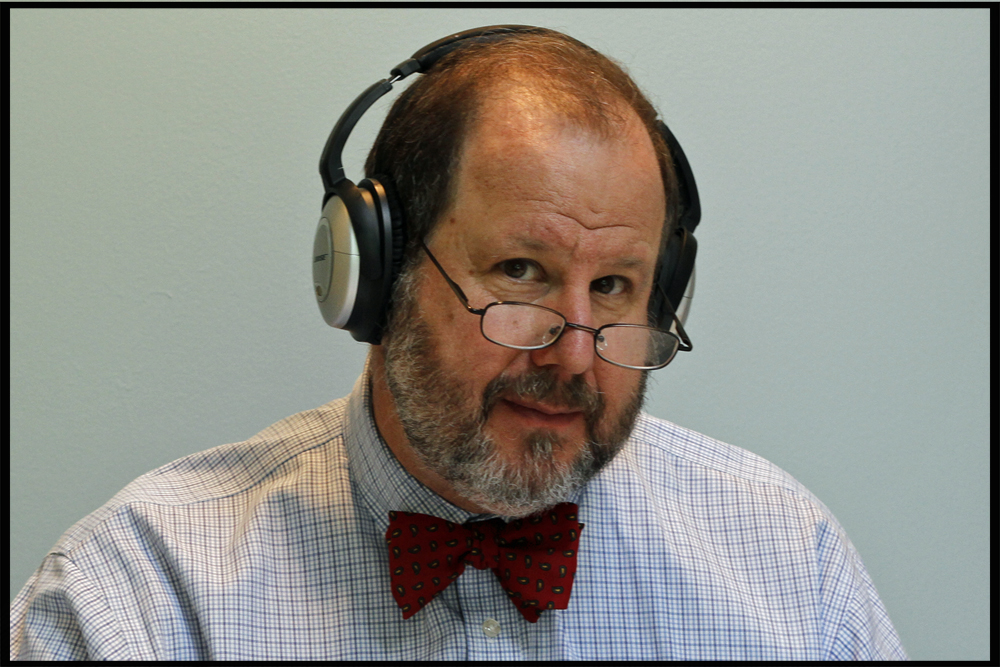
Podcast: Play in new window | Download
This is a repost of the most listened to podcast with Richard J. Johnson, M.D.. Dr. Johnson is the Tomas Berl Professor of Medicine and the Chief of the Renal Division and Hypertension at the University of Colorado since 2008. A graduate of the University of Wisconsin, Madison, with a major in Anthropology, and a graduate of the University of Minnesota Medical School, Minneapolis, he is a physician and nephrologist whose research has focused on the role of sugar, and especially fructose, in driving obesity, diabetes, high blood pressure and kidney disease. Much of this work has explored the role of fructose metabolism, especially the generation of uric acid, in driving this phenotype, and his work has included studies ranging from molecular biology, integrative physiology, and evolutionary biology. He is the author of The Sugar Fix which introduced the first low fructose diet, and also The Fat Switch which explores the role of fructose in driving the obesity epidemic. His newest book, Nature Wants Us To Be Fat, is a tour de force of the entire pathway of survival via metabolic events in the body related to fructose and the polyol pathway. This is a must read book. This podcast will introduce you to the exceptional work of Dr. Johnson and how we are now mismatched metabolically for the environment of modern America and our food systems.
Please enjoy this wide ranging conversation.
Dr. M



















